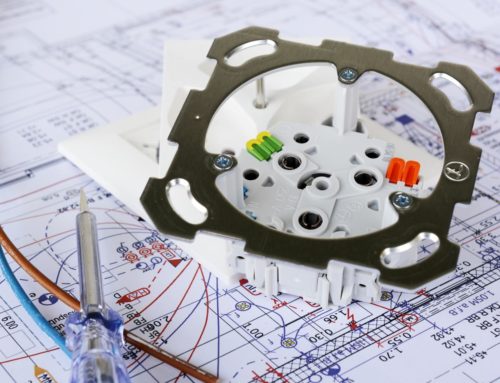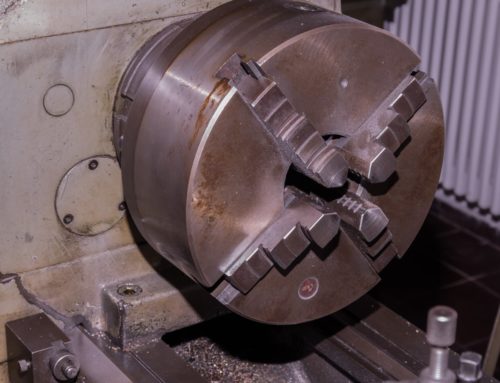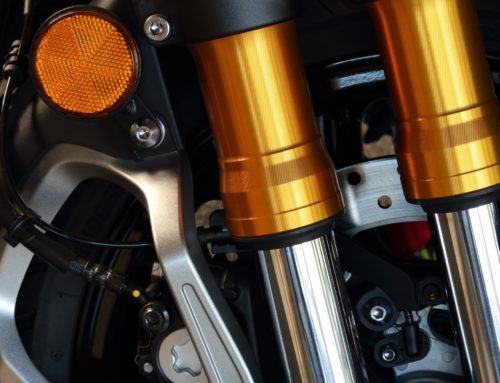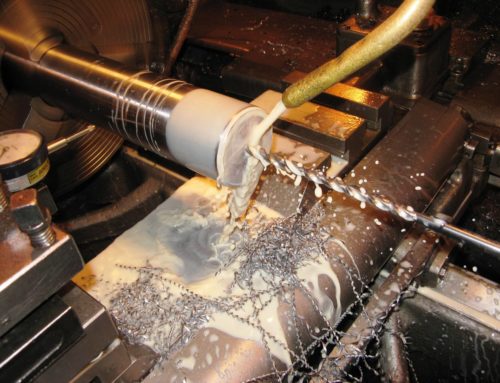Are you looking for an electric motor, but you don’t know which one to get?
Choosing the right electric motor is a challenging task if you are unfamiliar with them since there are a few different types.
This electric motor guide can help you differentiate the different types of motors and get you back to work.
Keep reading to learn about the various electric motor uses and how to pick the right one for you.
How Do Electric Motors Work?
Electric motor uses are many. From small robot toys to lathes, you may find an electric motor in many machines just around your house!
Electric motors function by converting electricity into mechanical energy to create motion.
Force is created in the motor through a magnetic field and winding alternate currents. As the current’s strength grows so does the magnetic field.
DC Brush Motors
This electric motor’s purpose is to create good torque at low speeds. They are one of the simplest electric motors, and they are quite inexpensive.
You can find these motors in many toys and other household items. They use brushes to connect with a communicator to change the current direction.
You will find that these motors are easy to control, but they require quite a bit of maintenance and repairs over time. Their brushes wear out easily, they cannot go up to high speeds, and they can be noisy.
DC Brushless Motors
Brushless DC motors use magnets instead of brushes. Unlike DC Brush Motors, they are quiet, require little maintenance, and can be run at higher speeds.
Their disadvantages are few but may cause you to reconsider them. They are sometimes difficult to control due to their complexity, and they are on the more expensive side.
Servo Motors
Servo motors usage is in both industrial and hobbyist applications depending on if they are the AC or DC type. They are composed of a control circuit, a potentiometer, and a motor.
They are controlled by pulse width modulation, which sends electrical pulses to the control wire.
AC Motors
Electric motor options are more varied with AC motors. There are two main types. These include synchronous and induction motors.
Induction motors work by sending a current across the stator. When this happens a rotating magnetic field appears which also creates a current in the rotor. Then the rotor creates a magnetic field too which causes it to turn.
Synchronous motors work similarly to induction motors except their rotors and stators rotate at the same speed. The same parts in the induction motor rotate at different speeds.
AC motors have great applications where constant speeds are necessary. This makes them useful for analog electric clocks, record players, and air conditioners.
Know Your Electric Motor Uses?
Electric motor uses are various among household and industrial machinery. From standing fans to boiler pumps you will find DC and AC electric motors everywhere you look these days.
When you need electric motor help from professionals, contact us for assistance.






